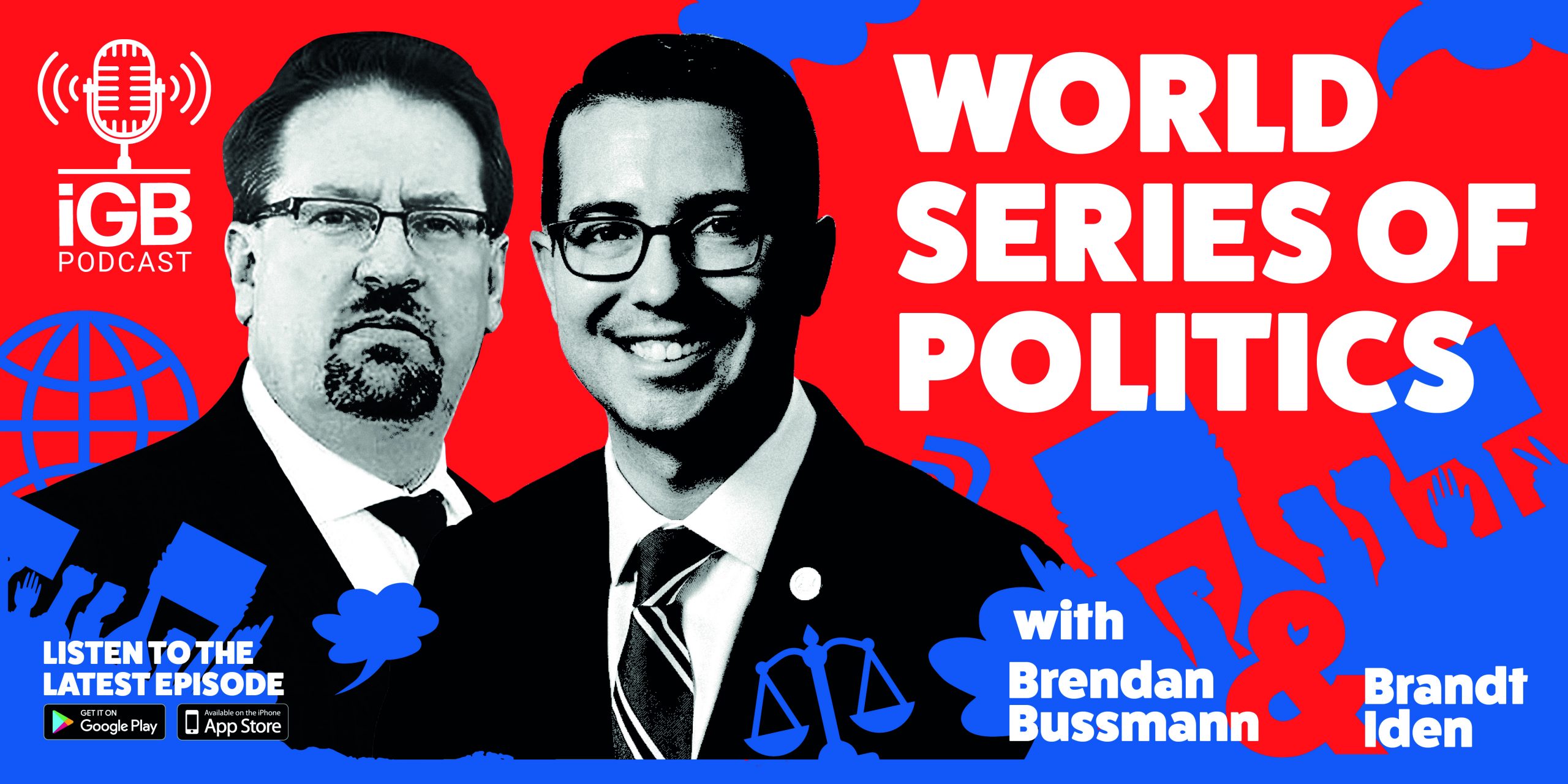Leverage Gen AI and agentic AI to deliver new fan experiences including enhanced and personalized match analysis and creative content
PARIS, June 5, 2025 /PRNewswire/ — Infosys (NSE: INFY), (BSE: INFY), (NYSE: INFY), a global leader in next-generation digital services and consulting, in partnership with the French Tennis Federation (FFT) today announced a powerful line-up of AI-first fan experiences for Roland-Garros 2025. Entering its seventh year as the official AI and Digital Innovation Partner, Infosys is leveraging its AI-first suite of offerings, Infosys Topaz, to apply agentic AI and generative AI to deliver immersive and interactive fan experiences that push the boundaries in sports technology.
The innovations for 2025 include:
- AI Commentary: This feature allows fans to truly experience the various highs and lows of the matches. By capturing every thrilling twist and turn, it delivers commentary that brings alive each moment. With player-specific point-of-views, point-by-point or game-level highlights, AI Commentary ensures a viewing experience that is both personal and engaging. The feature leverages out-of-the-box large language models (LLMs) to combine real-time analytics with agentic AI built on multi-agent orchestration.
- AI Stadium: Using advanced text-to-image generation to expand on the virtual reality fan zone concept, AI Stadium empowers fans to imagine their own 3D tennis arenas. With voice prompting, fans can create a range of environments from futuristic to nature-inspired in seconds, enabling rapid image generation optimised for VR spatial immersion. This gamified feature brings fans one step closer to their personalized tennis universe, redefining how the sport is experienced.
- Generative AI Poster Challenge: New for this year, video generation elevates an experience to a new creative dimension. Using prompts like iconic French landmarks, art styles, and tennis motifs, fans can now generate short, AI-created videos. At the Infosys Fanzone in RG this year, fans can take it a step further by stepping into an immersive LED cube to experience their personalised posters come to life. Developed with responsible AI principles, this feature ensures safe, ethical exploration of generative AI possibilities and rewards winners with tickets and vouchers for Roland-Garros.
The AI innovations at Roland-Garros build on a journey of AI advancements by Infosys, incorporating machine learning and applied AI into properties like Match Centre, AI Videos & AI-Assisted Journalism. These continue to evolve with expanded feature sets to enhance player performance, fan engagement and tournament experiences.
Beyond tech innovations, Infosys is also collaborating with Fête le Mur (FLM), a charity partner of FFT, to support tech-enabled learning initiatives for underprivileged youth in Paris. As part of this, FLM will help develop tennis-related learning modules on Infosys Springboard, a digital learning platform which enables upskilling for digital inclusion and social impact. Courses will range from leadership and training to safeguarding for tennis camps and additional sports. A group of 60 students will be offered the chance to visit Roland-Garros and take part in AI and technology workshops led by Infosys experts. Additionally, the winner of a competition to identify the biggest Rafa fan will receive an exclusive two-day experience at the Rafa Nadal Academy in Spain.
Sumit Virmani, Global Chief Marketing Officer, Infosys said, “Sports has been witnessing a tech-fuelled transformation and at Infosys we are excited to be leading the charge for tennis! Every year we create unique experiences for the Roland-Garros community on the back of our deep tech expertise. As enterprise AI reshapes industries globally, we are thrilled to deploy its power at the tournament. With AI-powered insights, and personalized and engaging commentary, fans gain instant access to rich information and in-depth analysis, while the Gen AI Poster Challenge unlocks limitless creative expression. This is a truly exciting time for tennis fans as they experience the thrill of the sports with action on court and beyond.”
Stephane Morel, CEO, FFT, said: “Our partnership with Infosys is transforming the fan experience at Roland-Garros through AI. With the tech innovations for this year, Infosys has once again demonstrated how AI can help to push the boundaries of fan engagement. From exploring match insights in innovative ways using generative AI to celebrating our heritage with the Poster Challenge, we’re creating deeper connections with our fans at every touchpoint, both onsite and worldwide.”
The Roland-Garros 2025 tournament will take place from 25th May to 8th June. For more information on the partnership, visit https://www.infosys.com/roland-garros.html.
About Roland-Garros
Roland-Garros is a must-see event for sports lovers and the general public alike. In 2024, Roland-Garros opened its doors to 675,080 spectators and was broadcast in 220 territories around the world, making it a major global sporting event. Organized by the French Tennis Federation, Roland-Garros is the only Grand Slam tournament to be played on clay, one of the oldest and noblest surfaces in the history of tennis.
About Infosys
Infosys is a global leader in next-generation digital services and consulting. Over 300,000 of our people work to amplify human potential and create the next opportunity for people, businesses and communities. We enable clients in more than 56 countries to navigate their digital transformation. With over four decades of experience in managing the systems and workings of global enterprises, we expertly steer clients, as they navigate their digital transformation powered by cloud and AI. We enable them with an AI-first core, empower the business with agile digital at scale and drive continuous improvement with always-on learning through the transfer of digital skills, expertise, and ideas from our innovation ecosystem. We are deeply committed to being a well-governed, environmentally sustainable organization where diverse talent thrives in an inclusive workplace.
Visit www.infosys.com to see how Infosys (NSE, BSE, NYSE: INFY) can help your enterprise navigate your next.
Safe Harbor
Certain statements in this release concerning our future growth prospects, or our future financial or operating performance, are forward-looking statements intended to qualify for the ‘safe harbor’ under the Private Securities Litigation Reform Act of 1995, which involve a number of risks and uncertainties that could cause actual results or outcomes to differ materially from those in such forward-looking statements. The risks and uncertainties relating to these statements include, but are not limited to, risks and uncertainties regarding the execution of our business strategy, our ability to attract and retain personnel, our transition to hybrid work model, economic uncertainties, technological innovations such as Generative AI, the complex and evolving regulatory landscape including immigration regulation changes, our ESG vision, our capital allocation policy and expectations concerning our market position, future operations, margins, profitability, liquidity, capital resources, our corporate actions including acquisitions, and cybersecurity matters. Important factors that may cause actual results or outcomes to differ from those implied by the forward-looking statements are discussed in more detail in our US Securities and Exchange Commission filings including our Annual Report on Form 20-F for the fiscal year ended March 31, 2023. These filings are available at www.sec.gov. Infosys may, from time to time, make additional written and oral forward-looking statements, including statements contained in the Company’s filings with the Securities and Exchange Commission and our reports to shareholders. The Company does not undertake to update any forward-looking statements that may be made from time to time by or on behalf of the Company unless it is required by law.
Logo: https://mma.prnewswire.com/media/633365/4364085/Infosys_Logo.jpg
SOURCE Infosys





































































